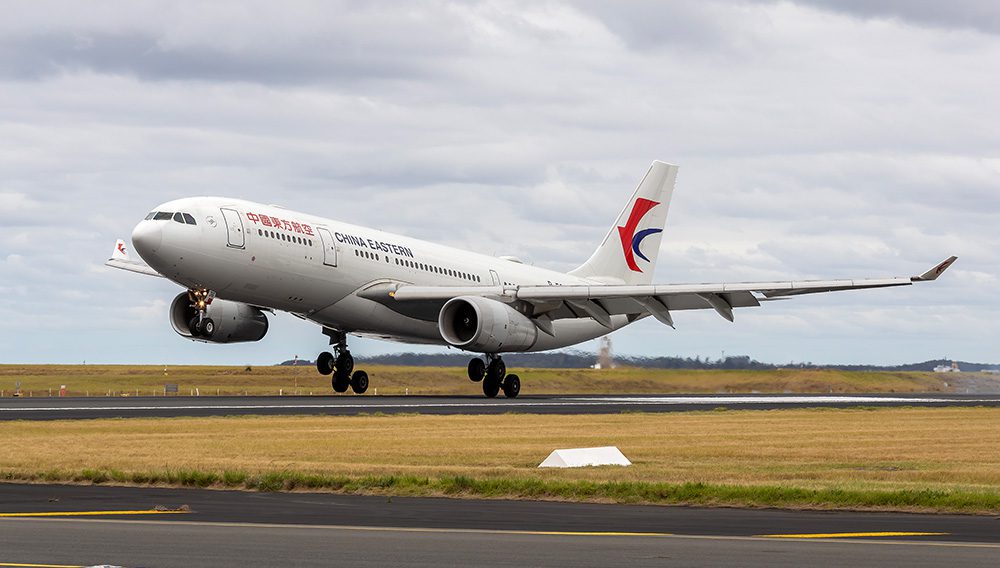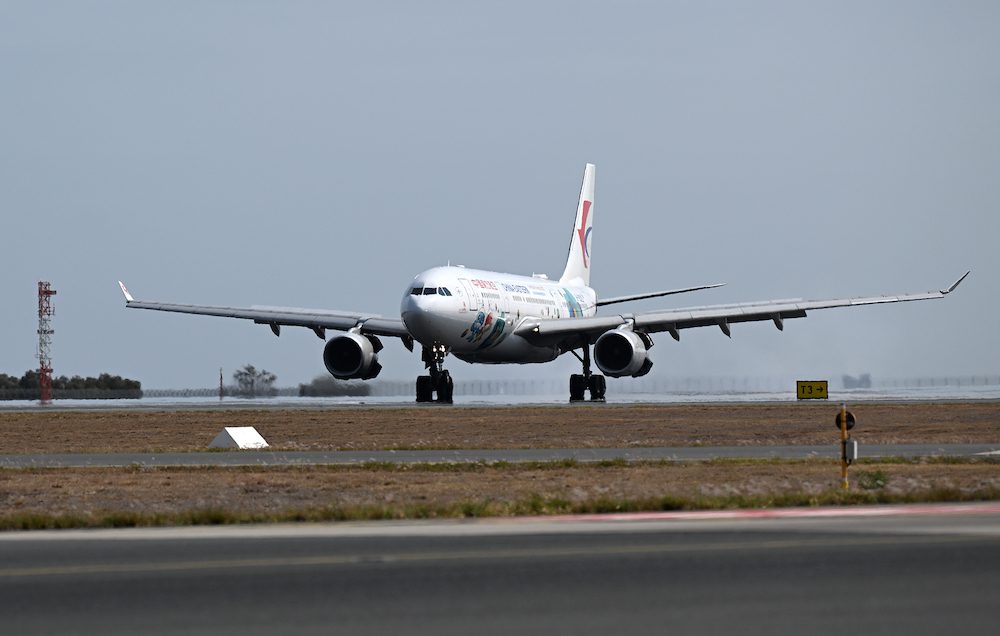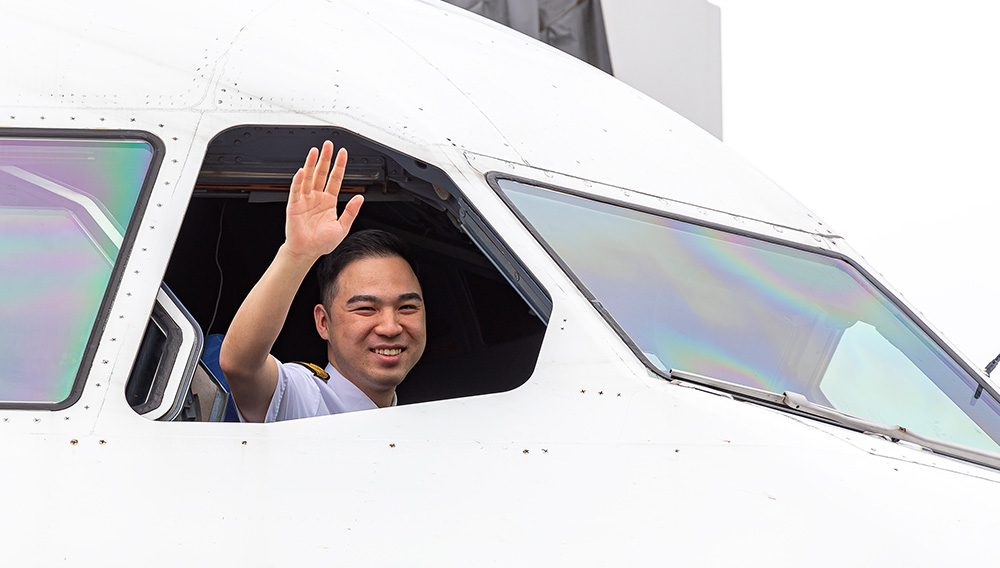Following its return to Brisbane last week after three years, China Eastern Airlines (MU) is now the latest carrier to further boost its capacity out of Sydney Airport, announcing an Australian first route and its first-ever trans-Tasman flight.
From November 28, the airline will be flying three return services per week on the A332 for the first time directly between Sydney and the city of Jinan in the Shandong province in Eastern China.
China Eastern Airlines also restarted flights to Hangzhou, the capital of Zhejiang province, on Monday, November 6, 2023.
This includes an Auckland to Sydney leg, the first time the airline has offered trans-Tasman flights.
The inaugural flight from Auckland, MU712, touched down at Sydney Airport just before 1 pm on Monday, with the next leg to Hangzhou due to take off at 3:10 pm.
With the new route and additional flights, MU serves five mainland China cities with 25 return services a week from Sydney.
Sydney Airport forecasts seat capacity to mainland China to be 97 per cent recovered in December compared to pre-pandemic December 2019.
By the end of November, there will be nine airlines with direct flights from Sydney to 14 Chinese cities, offering 85 weekly return services.
Trans-Tasman competition heats up

With China Eastern Airlines adding its Auckland-Sydney flight, there’ll be more trans-Tasman competition just before the summer peak.
By the end of the month, Qantas, Jetstar, Air New Zealand, LATAM, AirAsia X and China Eastern Airlines will operate direct flights between Sydney and Auckland, one more than pre-pandemic, with seat capacity 99 per cent recovered on pre-pandemic levels.
Geoff Culbert, Sydney Airport CEO, said: “It’s hard to believe seat capacity to China will be close to fully recovered by Christmas, considering we started the year with just four return flights a week.”
“That’s a remarkable turnaround and will have a significant flow on effect to our tourism sector, not just in New South Wales, but across Australia.
“I was in Shanghai on the weekend for the Prime Minister’s visit, and the excitement was palpable.
“It’s great to see China Eastern Airlines not just boost capacity into Australia but also adding its first ever trans-Tasman service.
Mr Jim Young, General Manager of China Eastern Airlines Oceania, said: “We are delighted to now offer direct flights between Sydney and five cities in China.”
“We extend a warm welcome to Australians to come and visit Jinan, a city rich in history and known as “the City of Springs”, as it has more than 700 famous underground springs.
MU returns to Brisbane after three years

Last week, China Eastern Airlines touched down again at Brisbane Airport after three years, eight months and 21 days since their last flight landed in Queensland from China.
Non-stop services will start three days per week, then daily from December 8. Read the full story here.
“This is a landmark day for Queensland’s tourism industry,” said Gert-Jan de Graaff, Chief Executive Officer of Brisbane Airport Corporation.
“We are delighted to welcome China Eastern Airlines back to Brisbane and see Shanghai return to BNE’s destination map. Shanghai is China’s largest city and a commercial hub, making it a key city for business and leisure travel,” he said.
It is predicted that over the next three years, China Eastern services will deliver 181,014 inbound international seats, generating $314 million and supporting 1,270 Queensland jobs.
The next ten years will see the continued transformation of Brisbane Airport. It is currently investing more than $5 billion in sustainable, transformational infrastructure that will deliver improved services and new facilities.





